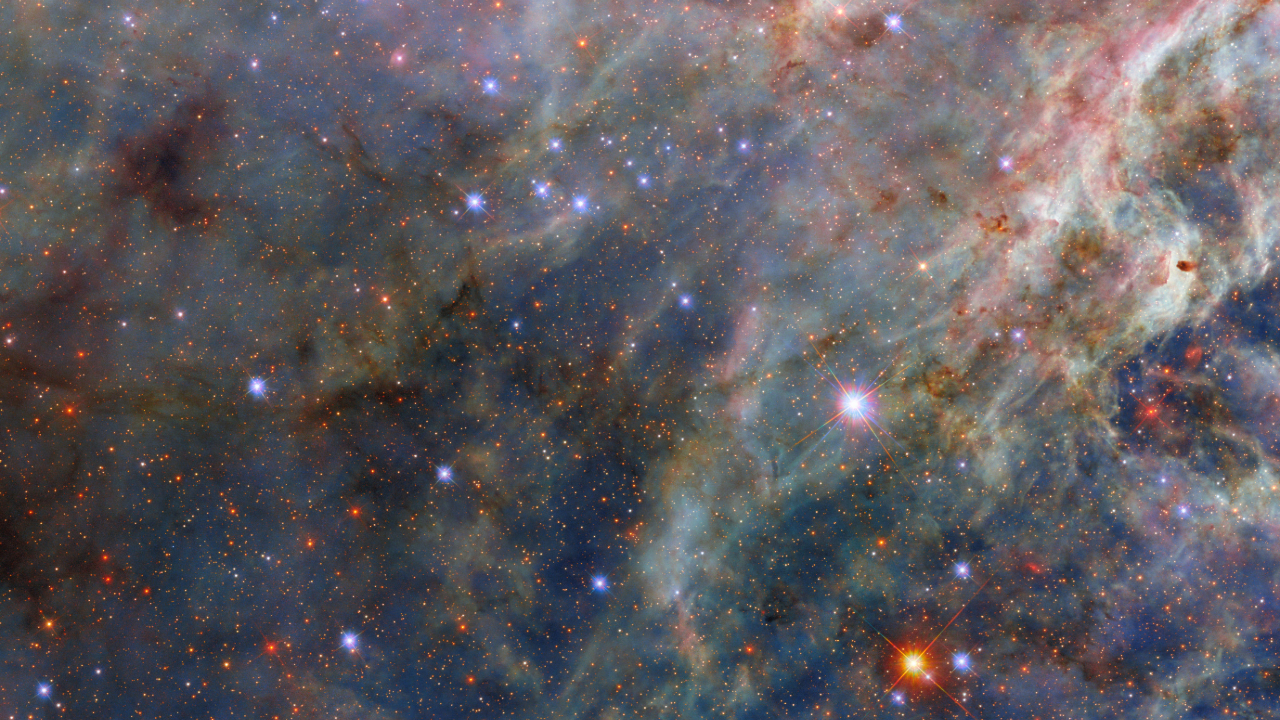NASA Scrambling to Compensate for Deep Space Network Breakdown
NASA project managers are meeting daily to figure out how to avoid losing mission data from the Mars Reconnaissance Orbiter (MRO) and the Cassini spacecraft as a result of a longer than planned shutdown of one of the three antennas that comprise Deep Space Network (DSN), agency officials said today.
The problem is that two giant bearings that allow the DSN's antenna in Madrid, Spain to rotate have failed, forcing NASA to take it offline for three months longer than originally planned.
The antenna was going to be down from the end of June until the beginning of October for routine maintenance. Replacing the bearings and testing the equipment means it will be out of commission until the beginning of January, Michael Rodrigues, program manager for the Deep Space Mission System at NASA's Jet Propulsion Laboratory in Pasadena, Calif., said Aug. 2. He oversees DSN as part of his duties.
"The crux of the matter is Mars and Saturn are in the same plane of the sky," Rodrigues said. "It's not clear to me that any data will be lost." He is talking almost daily with NRO and Cassini project managers to come up with a new priority list for their missions. Each data transmission has a priority ranking. "For each unsolvable issue there is a hierarchy," he adds. "In all my 40 years doing this we have never had a case where the project managers could not resolve it."
But there is another data point to watch-pending inspection of three of the Goldstone, Calif. antenna's four bearings.
"The only unclear element is Goldstone. Right now, we are reasonably confident that Goldstone is okay," Rodrigues said. One of four bearings has already been cleared. The other bearings will be inspected beginning Aug. 6. The bearings on the Canberra antenna were inspected and cleared in July.
The 40-year-old DSN network, with antenna in Spain, California and Australia, was criticized in an April report by the U.S. Government Accountability Office. That report, "NASA's Deep Space Network: Current Management Structure Is Not Conducive to Effectively Matching Resources with Future Requirements," said "serious questions exist as to whether it will be able to keep up with both near-term and future demands."
Breaking space news, the latest updates on rocket launches, skywatching events and more!
In what now looks like an especially prescient comment, the report said, "DSN faces a deteriorating infrastructure and a limited capacity to serve additional missions. System infrastructure, which has been marked by extensive deferred maintenance, is aging and is likely to become increasingly fragile and subject to breakdown at a time when demand is anticipated to increase. The potential exists for the loss of scientific data that would be difficult, if not impossible, to replace."
- Mars Madness: A Multimedia Adventure
- Vote Now: The Strangest Things in Space
- Amazing Space Images: Upload Yours Now

Colin Clark, the founding editor of Breaking Defense, also started DoDBuzz.com, the world’s first all-online defense news website, He covered Congress, intelligence and regulatory affairs for Space News; founded and edited the Washington Aerospace Briefing, a newsletter for the space industry; covered national security issues for Congressional Quarterly; and was editor of Defense News. Colin, an avid fisherman, grill genius and wine drinker, lives in his native Washington, D.C. but will eventually be relocating to Australia where he will report on Asia and Pacific defense matters for Breaking Defense.
